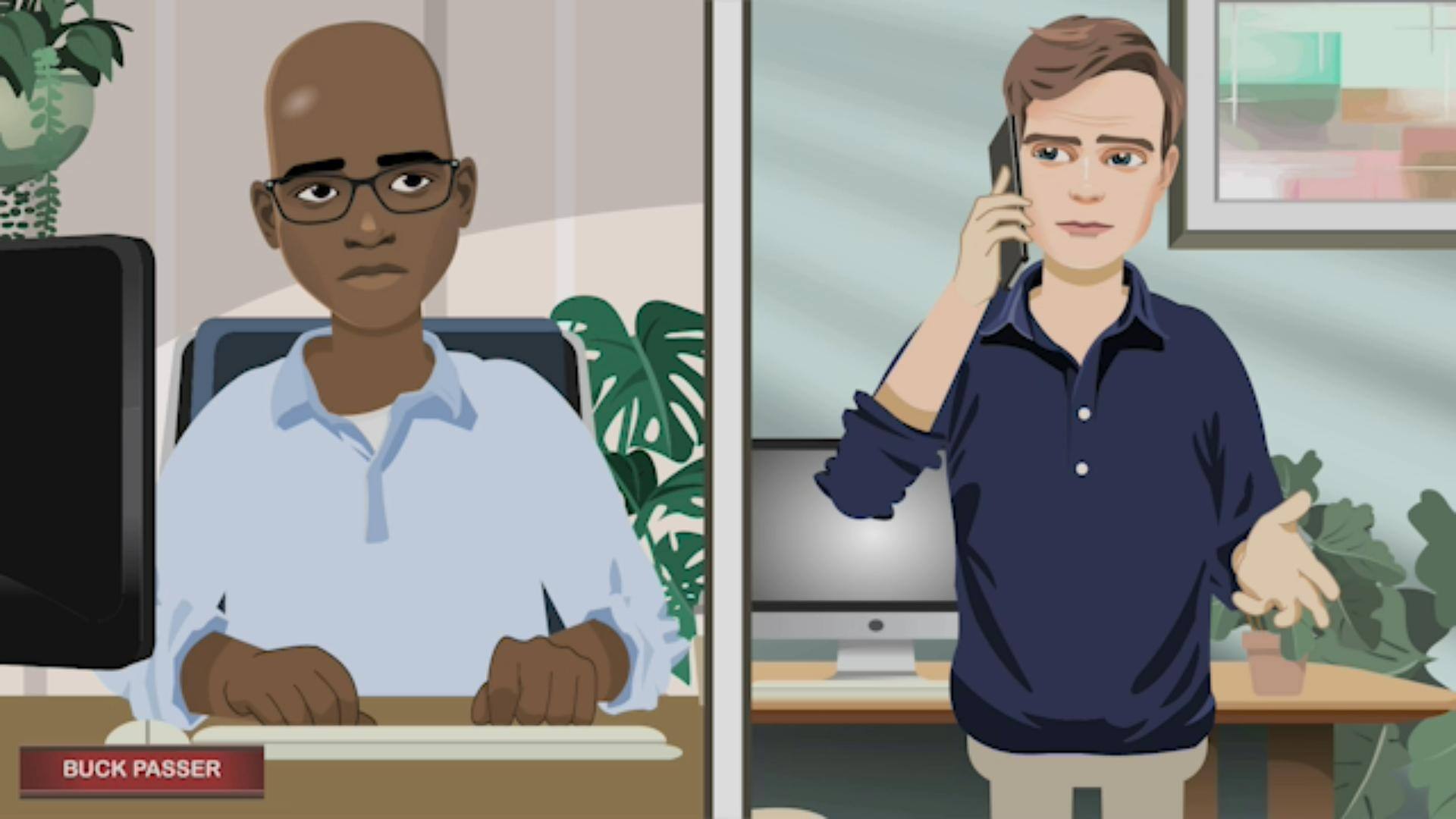It’s been well established that delivering excellent customer service isn’t as easy as one might think. Think back on a positive customer service experience that you had recently. What was it about that scenario that left you feeling heard, appreciated, and satisfied with the interaction?
- Was it that they solved your problem quickly?
- Did the customer service representative treat you with respect?
- Did the employee ask the right questions so that you didn’t need to explain yourself more than once?
If you’re like 89% of consumer respondents to Salesforce Research’s 2020 survey, you’ll return to do business with that company again after this positive experience. That’s a retention rate that any organization would be thrilled with.
As you break down a successful customer service situation that you yourself have experienced, you start to realize how many moving pieces had to be put together to have such a pleasant and productive encounter. Customer service representatives have to demonstrate far more than just one of the skills or traits needed to be effective at their jobs.
On the other hand, it takes just ONE mistake or poor habit to lose a customer (or multiple) as a result of a bad service experience. According to Glance, 78% of consumers discontinued a purchase following poor service. That’s not a risk many companies can afford to take.
The lesson here? It takes a lot of skill to curate excellent customer service experiences; conversely, it takes very little to easily ruin a customer interaction or potential sale.
What makes a poor customer service experience?
Previously, you reflected on an excellent customer service experience that you’ve had. Now it’s time to think about a particularly bad experience – if you’ve not put it too far out of your mind by now! There are a number of reasons for impressively poor interactions. These include:
- Rudeness
- Disinterest or distraction
- Lack of effort or energy

As anyone who has been the customer in a service interaction knows, that list unfortunately could go on for a long while. Regardless of which reason explains the poor experience that came to mind for you, the outcome is the same – you’re likely frustrated and are stuck with an unsolved problem. On top of that, you might also now be searching for a new company to do your transaction with. If you’ve experienced this situation for yourself, you likely understand the importance of ensuring that your employees and organization are NOT associated with this type of behavior.
The Customer Service Hall of Shame
We’ve identified several profiles of customer service representatives that would be likely to end up in the Customer Service Hall of Shame. These fictional – but painfully realistic – individuals do any of the following:
- Being rude or short with customers or colleagues
- Attempting to do multiple tasks while also providing half-hearted service to the customer
- Blaming others for mistakes
Let’s take Martha Rush for instance. Martha’s a member of the Hall of Shame because she has plenty of time for family and friends when they call, but not for long-winded customers. She rushes her customers to get them off the phone as quickly as possible. This comes at the expense of actually understanding what it is that her customers are calling about and makes the customers feel threatened and unwelcome.
Rushing customers is just one negative habit, however, that’s all it takes to cause a poor customer service experience.

Six Cardinal Rules of Customer Service
Now that you know who might end up in the customer service hall of shame, you might be curious how to avoid just that. There are Six Cardinal Rules to follow to ensure that you don’t become the subject of a customer service training series. These rules were developed as the antidotes to the behaviors displayed by the members of the Hall of Shame.
For instance, to avoid becoming a Martha Rush, follow the important Cardinal Rule ‘Don’t rush your callers.’ It’s a simple directive, but it’s effective and, crucially, it’s not a rule that’s universally known or followed, particularly in workplaces that monitor the number of calls an employee takes per hour. By providing customers the opportunity to explain their needs, Martha can better understand how she can do her job.
This doesn’t mean that Martha has to let customers derail the call with personal anecdotes and chit-chat, however. Retaining control of the call and gently steering the customer in the direction of relevant information is a valuable skill. Martha won’t get the chance to action that skill, though, until she learns not to rush callers.
Don't forget to check out some of our other great posts on customer service:
To learn about the rest of the Cardinal Rules of Customer Service and ensure that your employees aren’t risking a trip to the Customer Service Hall of Shame, request a complimentary demo today.
